Monday of the Third Week of Lent +2022
Onze-Lieve-Vrouw van Bruges / Our Lady of Bruges, Flanders (1150), where a lock of Our Lady’s hair is preserved – 21 March:
HERE:
https://anastpaul.com/2021/03/21/passion-sunday-or-the-fifth-suday-of-lent-2021-our-lady-of-bruges-flanders-1150-and-memorials-of-the-saints-21-march/
St Benedict OSB (c 480-547) Abbot, Patron of Europe and Founder of Western Monasticism.
His Feast Day was moved in 1969.
Biography:
https://anastpaul.com/2018/07/11/saint-of-the-day-11-july-st-benedict-of-nursia-osb-c-480-547-patron-of-europe-and-founder-of-western-monasticism/
Alfonso de Rojas
St Augustine Tchao
St Benedetta Cambiagio Frassinello (1791 – 1858) Wife, Religious and Foundress of the Benedictine Sisters of Providence.
Biography:
https://anastpaul.com/2019/03/21/saint-of-the-day-21-march-st-benedetta-cambiagio-frassinello-1791-1858/
St Birillus of Catania
St Christian of Cologne
St Domninus of Rome
St Enda of Aran (c 450 – c 530) Monk, Abbot of Aran “Father of Irish Monasticism” and Aran is known as “Aran of the Saints.”
About St Enda:
https://anastpaul.com/2020/03/21/saint-of-the-day-21-march-st-enda-of-aran-c-450-c-530-patriarch-of-irish-monasticism/
St Isenger of Verdun
St James the Confessor
St John of Valence (Died 1146) Bishop
Bl Lucia of Verona
St Lupicinus of Condat
Bl Mark Gjani
Bl Matthew Flathers
St Nicholas of Flue (1417-1487) Swiss Hermit and Ascetic who is the Patron Saint of Switzerland. He is sometimes invoked as Brother Klaus. A husband and father, a Mystic, a Writer, farmer, military leader, Member of the assembly, Councillor, Judge, he was respected as a man of complete moral integrity.
About St Nicholas:
https://anastpaul.wordpress.com/2018/03/21/saint-of-the-day-21-march-st-nicholas-of-flue-1417-1487/
St Serapion the Scolastic (Died c 354-370) Bishop of Thmuis, near Diospolis in the Nile delta of Egypt, Monk and Hermit, Confessor, brilliant Scholar of great learning, Theologian, Writer, a companion to St Anthony, the Desert and a close friend of St Athanasius and gave support to him against the heretic Arians in Egypt, for which action he was exiled.
St Serapion’s Life:
https://anastpaul.com/2021/03/21/saint-of-the-day-21-march-saint-serapion-the-scolastic-died-c-354-370-bishop/
St Philemon of Rome
Bl Santuccia Terrebotti
Bl Thomas Pilcher
Bl William Pike
Martyrs of Alexandria: A large but unknown number of Catholics massacred in several Churches during Good Friday services in Alexandria, Egypt by Arian heretics during the persecutions of Constantius and Philagrio. They were Martyred on Good Friday in 342 in Alexandria, Egypt.
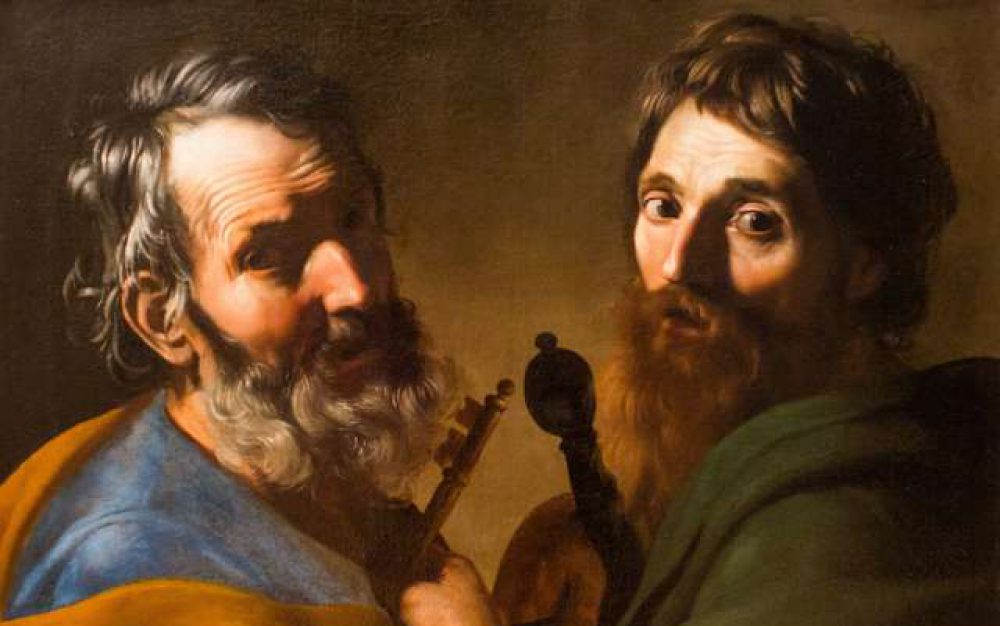

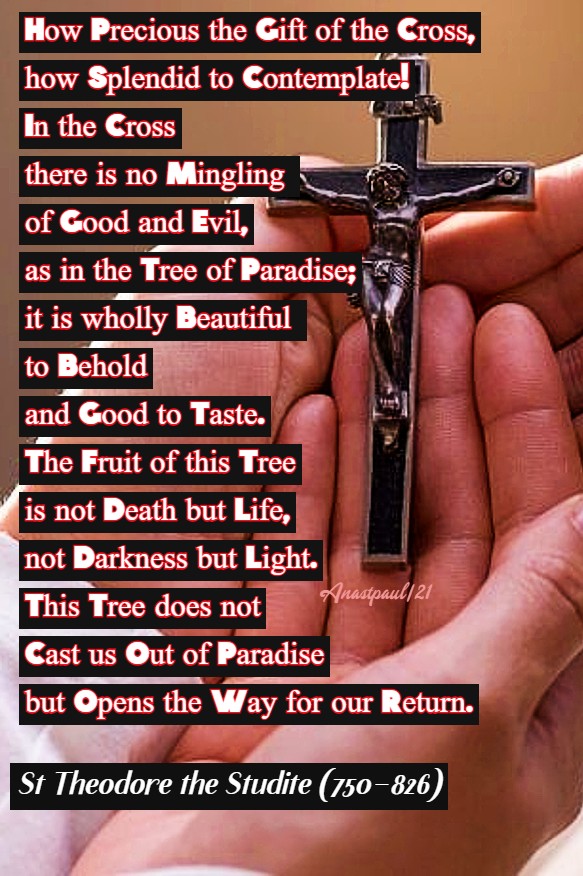
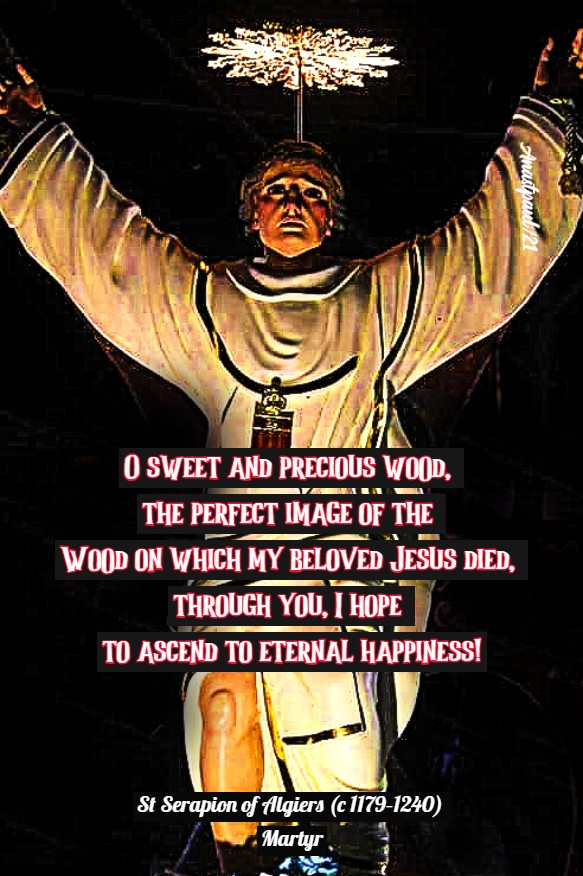


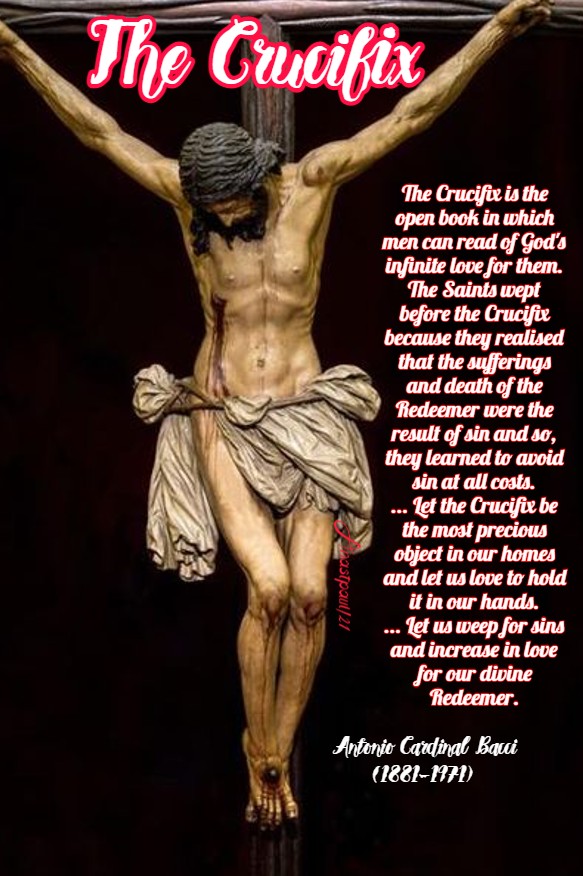

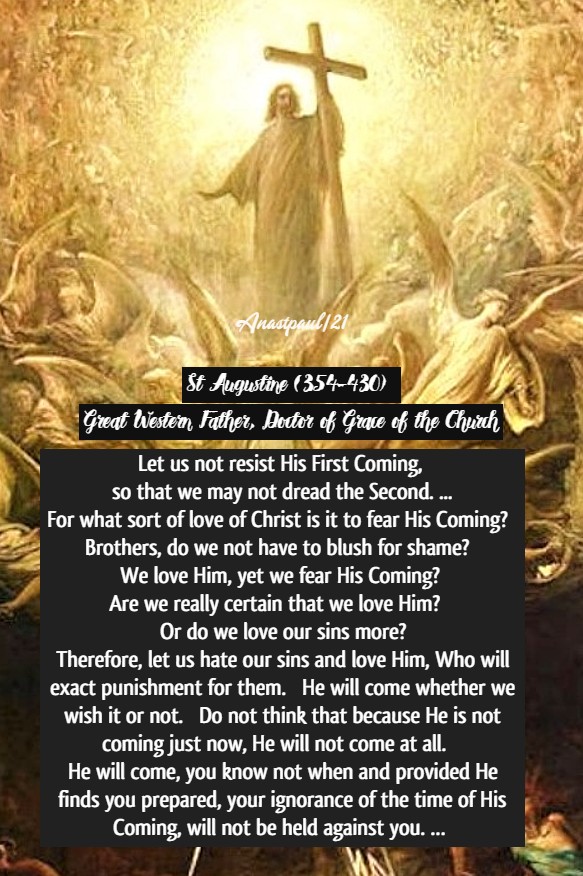
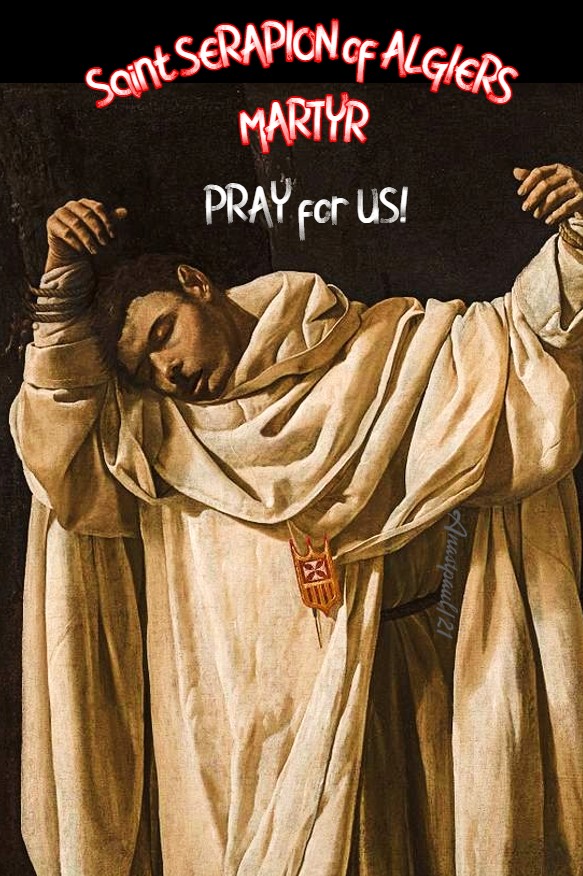

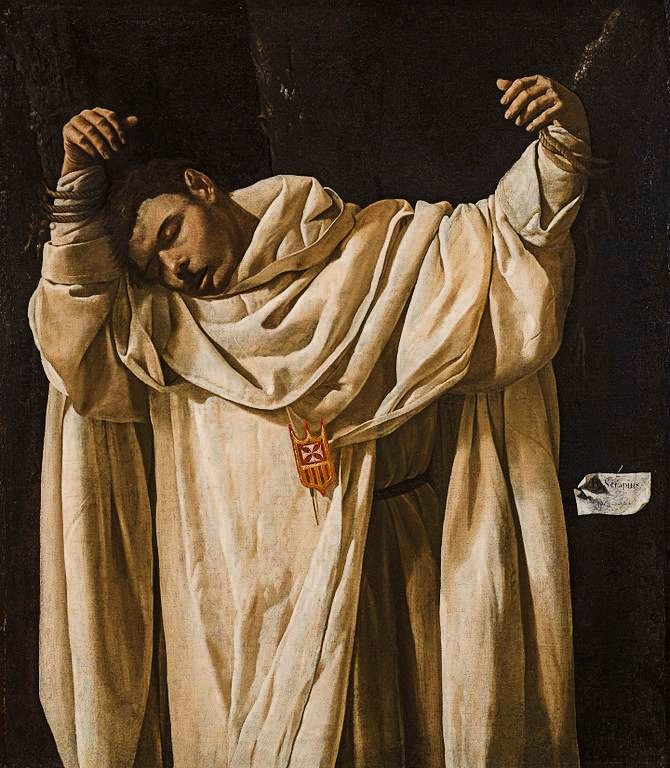
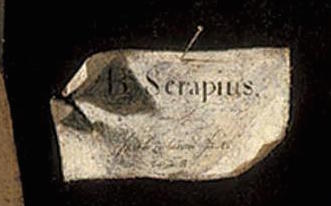
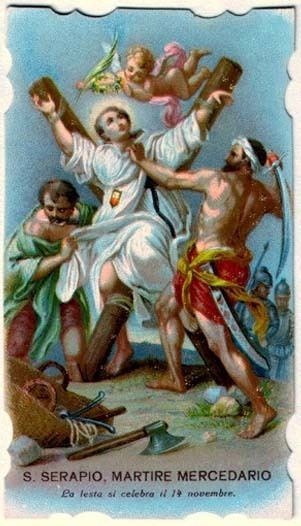

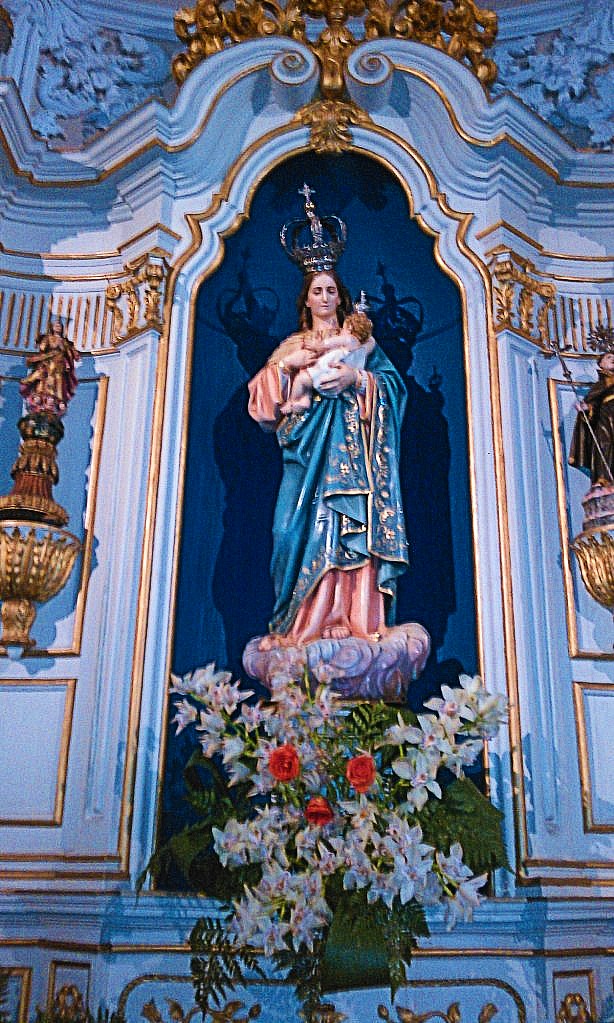
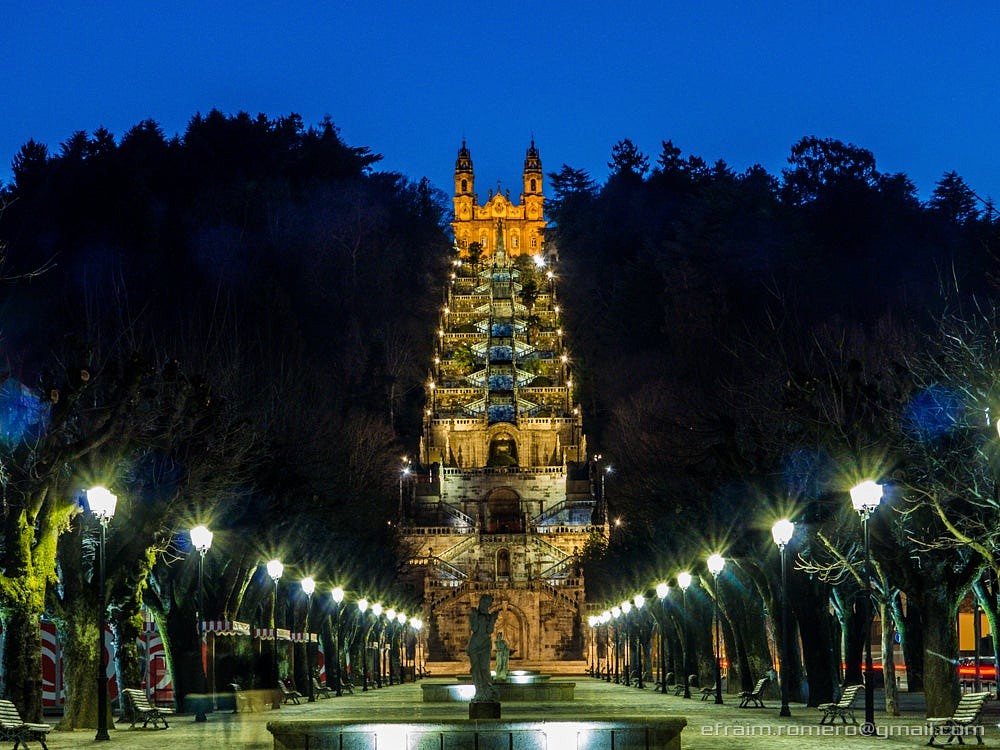
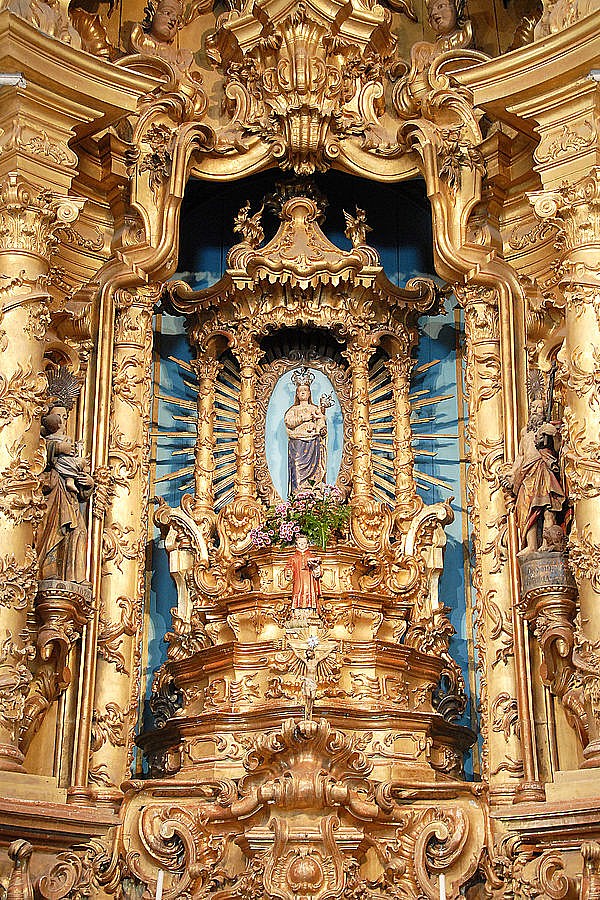
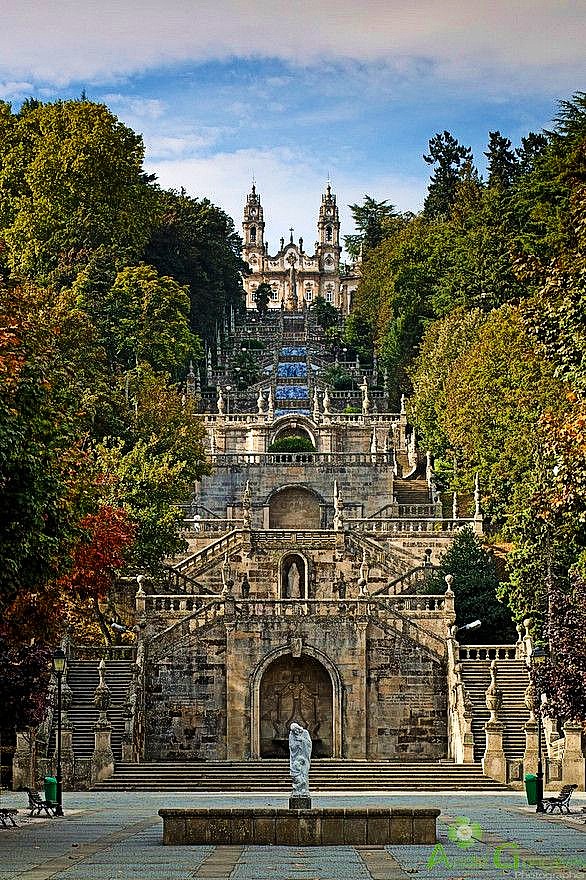
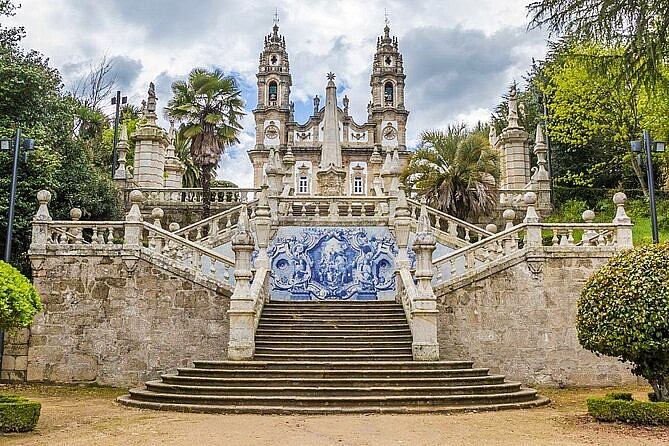

You must be logged in to post a comment.